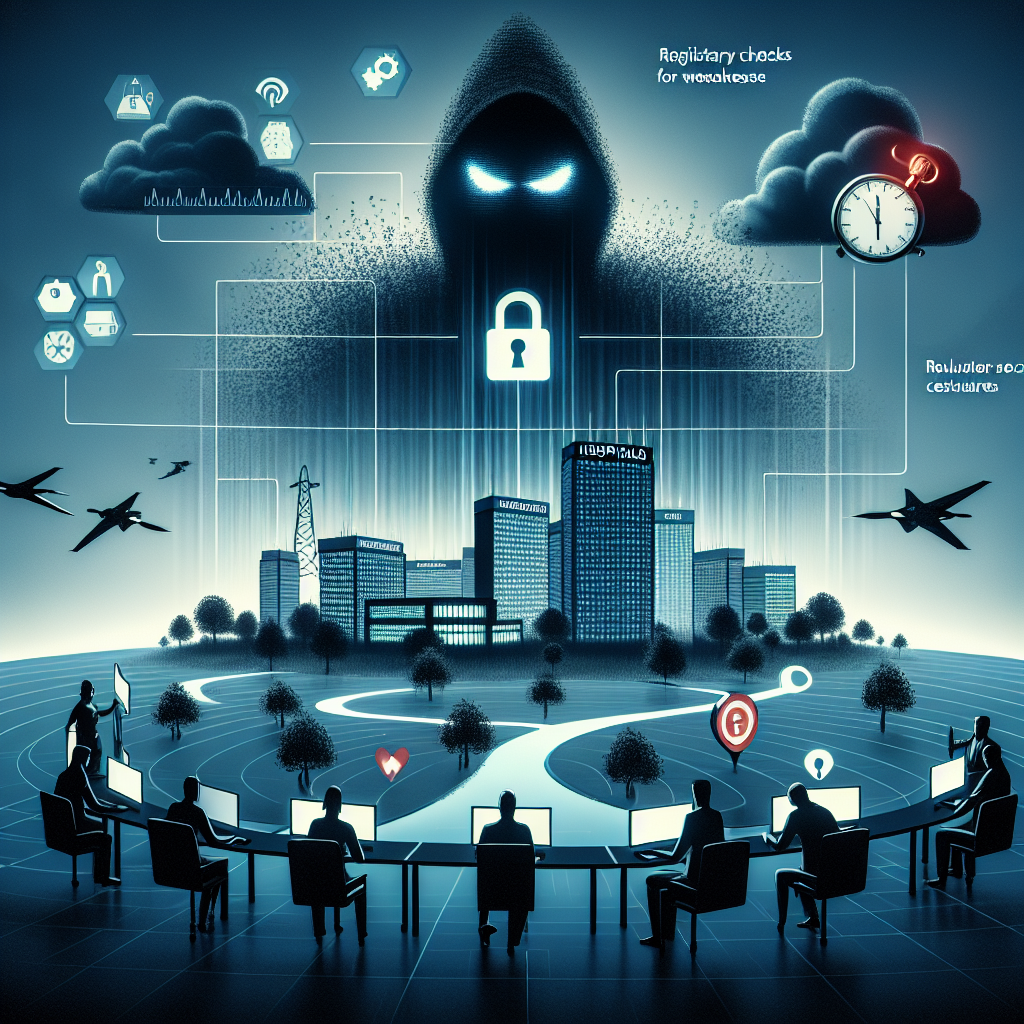The digital landscape of the healthcare sector in the U.S. has been under siege over the last few days, marked by a rising trend of ransomware attacks. These cyber threats not only jeopardize sensitive patient data but also disrupt critical healthcare operations. With the ever-growing digitalization of health services, understanding and countering these threats has become essential.
Ransomware, a type of malicious software, encrypts the victim's data and demands a ransom to restore access. In recent times, multiple U.S. healthcare facilities have found themselves ensnared by these malicious entities. The impact is immediate and severe—operational downtime, compromised patient confidentiality, and financial losses are just the tip of the iceberg.
One notable incident is the recent attack on a Florida-based hospital chain. Attackers exploited security vulnerabilities, causing significant operational disruptions. While healthcare organizations grapple with meeting an ever-increasing demand for services amidst a pandemic, these cyber intrusions further exacerbate the strain.
From a broader perspective, the allure of healthcare data for hackers is not surprising. Medical records hold lucrative information, including social security numbers, insurance details, and personal identifiers, which can be sold on the black market at a premium. Organizations must prioritize bolstering their cybersecurity measures, from employing advanced encryption techniques to conducting regular vulnerability assessments.
In my stint at various accounting and consulting firms, such as Deloitte and PWC, I observed firsthand the multifaceted challenges organizations face when balancing robust cybersecurity protocols with operational efficiency. Implementing a comprehensive risk assessment framework is not just advisable—it's imperative.
Proactive communication with stakeholders, routine security training for staff, and aligning with regulatory standards are essential strategies for health systems to mount a resilient defense. Collaborating with cybersecurity experts can pave the way for innovative solutions tailored to an organization’s unique needs.
The task at hand is formidable: defending a rapidly expanding digital frontier. However, by adopting a proactive stance against ransomware, U.S. healthcare systems can safeguard their operations and maintain the trust of those they serve.
The Growing Threat of Ransomware Attacks on U.S. Healthcare Systems Featured
 Explore the rising trend of ransomware attacks on U.S. healthcare systems, the implications of these cyber threats, and the measures necessary for enhanced security.
Explore the rising trend of ransomware attacks on U.S. healthcare systems, the implications of these cyber threats, and the measures necessary for enhanced security.
Latest from Security Tech Brief
- The Rise of Zero-Trust Architecture in Modern Enterprises
- The Rise of Advanced Threat Detection in Cybersecurity
- U.S. Financial Sector Bolsters Cybersecurity Amid Rising Threats
- Emerging Cyber Threats: A Closer Look at Supply Chain Attacks
- Rising Threats in Cybersecurity: The Increasing Sophistication of Phishing Attacks
